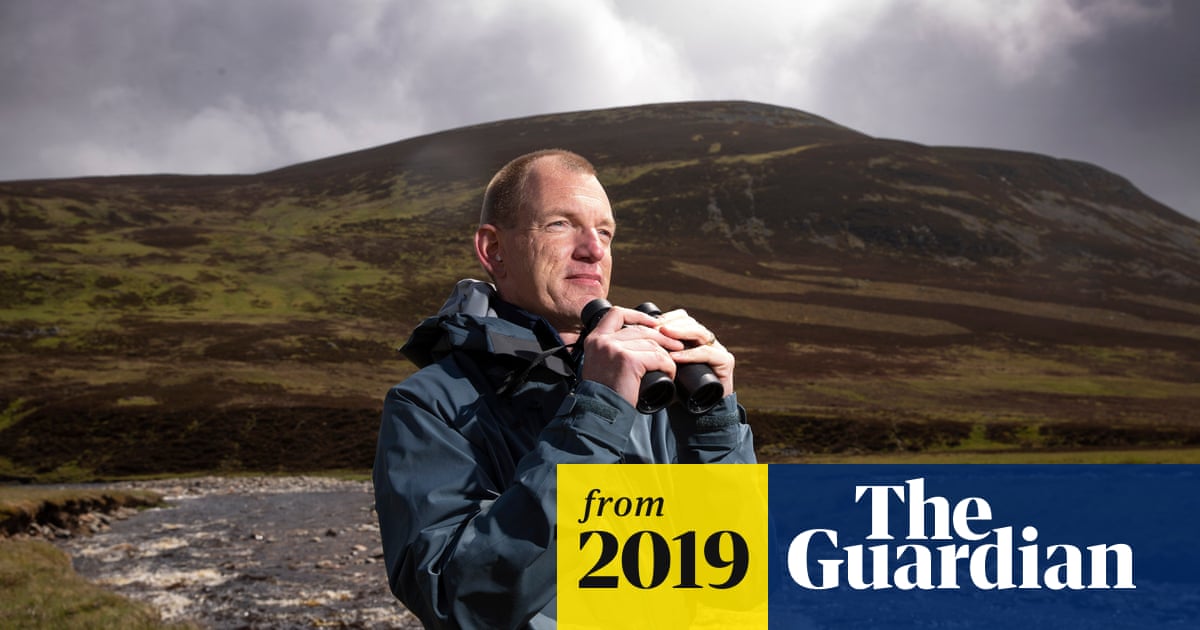Fascinatingly  there are two schools of thought among oystercatchers as to the most effective way of opening a cockle or mussel shell - hammering or stabbing. Do you simply smash the shell, or do you adopt a more scientific approach, going for the hinge (adductor muscle) which holds it shut? Oystercatchers belong exclusively to one or the other school. Hammerers wear or damage their bills over time, which can make them look blunter.... You can also tell who's who by examining shell fragments on the shore where oystercatchers have been feeding....
there are two schools of thought among oystercatchers as to the most effective way of opening a cockle or mussel shell - hammering or stabbing. Do you simply smash the shell, or do you adopt a more scientific approach, going for the hinge (adductor muscle) which holds it shut? Oystercatchers belong exclusively to one or the other school. Hammerers wear or damage their bills over time, which can make them look blunter.... You can also tell who's who by examining shell fragments on the shore where oystercatchers have been feeding....
Also do you spend time on a large shell which may yield more nutrition but be thicker and harder to open, or (given the time constraints of the incoming tide) do you go for suboptimal shells? This research is unlikely to be of much use to oystercatchers, however, who have to rely on good old evolution to answer these questions.
 there are two schools of thought among oystercatchers as to the most effective way of opening a cockle or mussel shell - hammering or stabbing. Do you simply smash the shell, or do you adopt a more scientific approach, going for the hinge (adductor muscle) which holds it shut? Oystercatchers belong exclusively to one or the other school. Hammerers wear or damage their bills over time, which can make them look blunter.... You can also tell who's who by examining shell fragments on the shore where oystercatchers have been feeding....
there are two schools of thought among oystercatchers as to the most effective way of opening a cockle or mussel shell - hammering or stabbing. Do you simply smash the shell, or do you adopt a more scientific approach, going for the hinge (adductor muscle) which holds it shut? Oystercatchers belong exclusively to one or the other school. Hammerers wear or damage their bills over time, which can make them look blunter.... You can also tell who's who by examining shell fragments on the shore where oystercatchers have been feeding....Also do you spend time on a large shell which may yield more nutrition but be thicker and harder to open, or (given the time constraints of the incoming tide) do you go for suboptimal shells? This research is unlikely to be of much use to oystercatchers, however, who have to rely on good old evolution to answer these questions.


 .....
.....
 - I haven't seen one in the UK, but lots in central and eastern Croatia, where their other name of white-tailed eagle is more applicable
- I haven't seen one in the UK, but lots in central and eastern Croatia, where their other name of white-tailed eagle is more applicable
Comment